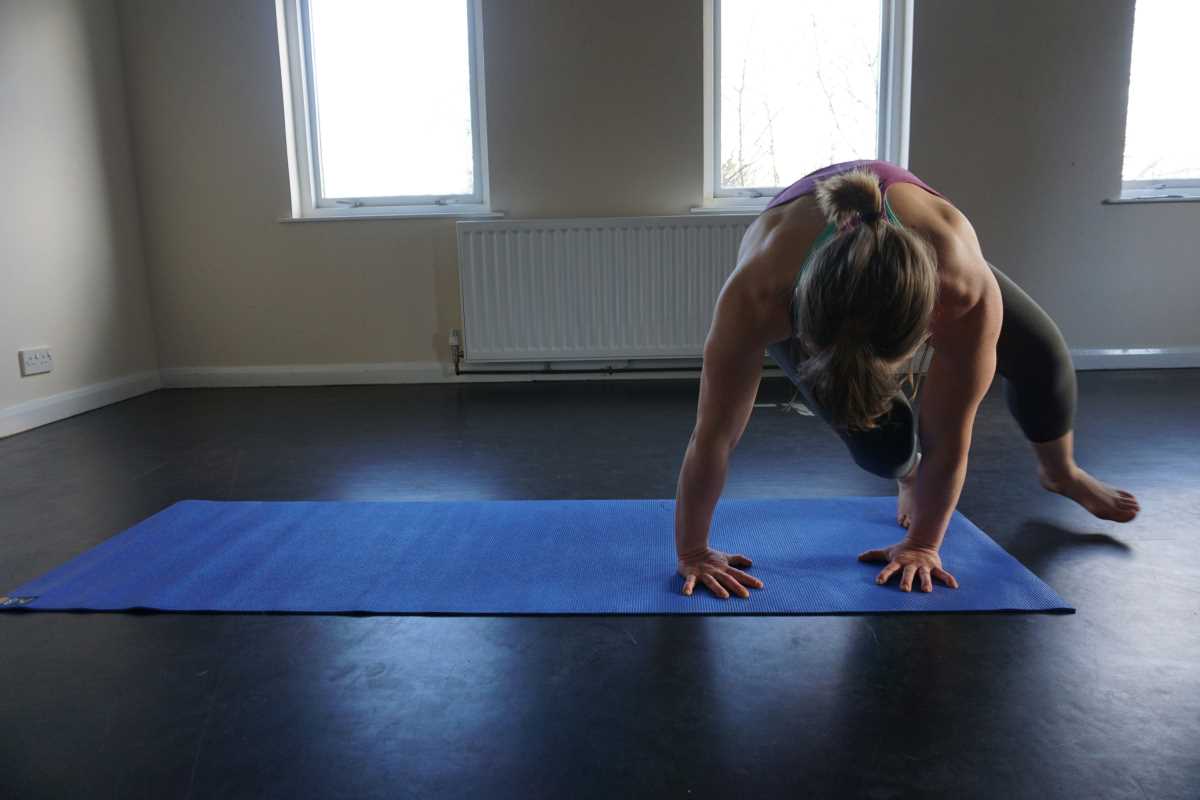Strong core muscles support everyday movement and help you feel more confident on the yoga mat. Practicing specific poses can engage your abs, obliques, and lower back, all while helping you avoid injuries. This article guides you through simple, effective ways to explore, organize, and create clear writing that’s easy to follow and connects with readers who appreciate straightforward explanations.
To start, pick a handful of reliable fitness and anatomy sources. Bookmark pages from established yoga instructors and sites like Yoga Alliance. Jot down key terms—like “core stability,” “diaphragmatic breathing,” and “pelvic tilt”—so you can weave them into your work without jargon overload. Align each point with the headline promise: clear, safe methods that help anyone get stronger at the core.
Core Muscles in Yoga
Your core is more than just abs. It features a network of muscles, including the transverse abdominis, rectus abdominis, obliques, and deep spinal muscles. They stabilize your spine, support every twist you make, and keep you upright when you balance on one foot.
When you focus on these muscles in yoga, you engage them gently and purposefully. Learning how to breathe into your belly and contract the right fibers takes practice. Start by lying down, placing one hand under your lower rib cage and the other on your belly. Inhale deeply and feel your ribs expand, then exhale while pulling your navel toward your spine.
Top Yoga Poses for Core Strength
Here’s a list of my favorite poses. Try each for three to five mindful breaths and repeat two or three times. Make sure each move feels solid before you move on to the next.
- Boat Pose (Navasana): Sit, lift your legs, and balance on your sit bones. Benefits: targets lower abs and hip flexors.
- Plank Pose: Press shoulders over wrists and keep a straight line. Benefits: engages shoulders, back, and core stabilizers.
- Side Plank (Vasisthasana): Shift your weight to one hand, stack your feet. Benefits: works obliques and improves balance.
- Bridge Pose (Setu Bandha Sarvangasana): Lift your hips with feet hip-width apart. Benefits: strengthens glutes and lower back.
- Dead Bug Variation: Lie on your back, extend opposite arm and leg. Benefits: enhances coordination and deep core activation.
Proper Alignment and Technique
Good form always beats ego. Keep a yoga strap or block nearby so you can modify poses instead of forcing your body into risky positions.
- Protect your lower back by tucking your tailbone in plank and bridge poses.
- Keep shoulders away from ears to avoid neck strain in boat and plank.
- Draw your ribs in without flaring out the sides during twists and side planks.
- Breathe evenly—hold each pose only as long as you can maintain a smooth inhale and exhale.
From Beginner to Advanced Movements
Start small. If boat pose feels shaky, hold the backs of your thighs instead of extending arms forward. Once you feel steady, lift straight arms or turn your palms upward to make the pose more challenging.
In plank, beginners can drop to their knees for support. As you build strength, practice lifting one leg at a time or add alternating shoulder taps. For side plank, bend the bottom knee for better balance, then straighten both legs to increase the difficulty.
Adding Yoga to Your Daily Routine
Make it a habit by dedicating five minutes each morning. Select two or three poses from above, link them in a short flow, and focus on smooth transitions. This way, you build consistency and strengthen your core over time.
If you feel sluggish midday, roll out your mat at lunchtime. This quick reset boosts blood flow and clears your mind. On rest days, do gentle stretches or restorative poses to keep muscles flexible without overloading your system.
Combine your yoga routine with simple habits like sitting tall at your desk and engaging your core when you walk upstairs. These small adjustments strengthen stabilizer muscles all day long without extra effort.
Focus on proper form and listen to your body. You will see stronger abs, improved posture, and less back pain sooner than you expect.
 (Image via
(Image via





